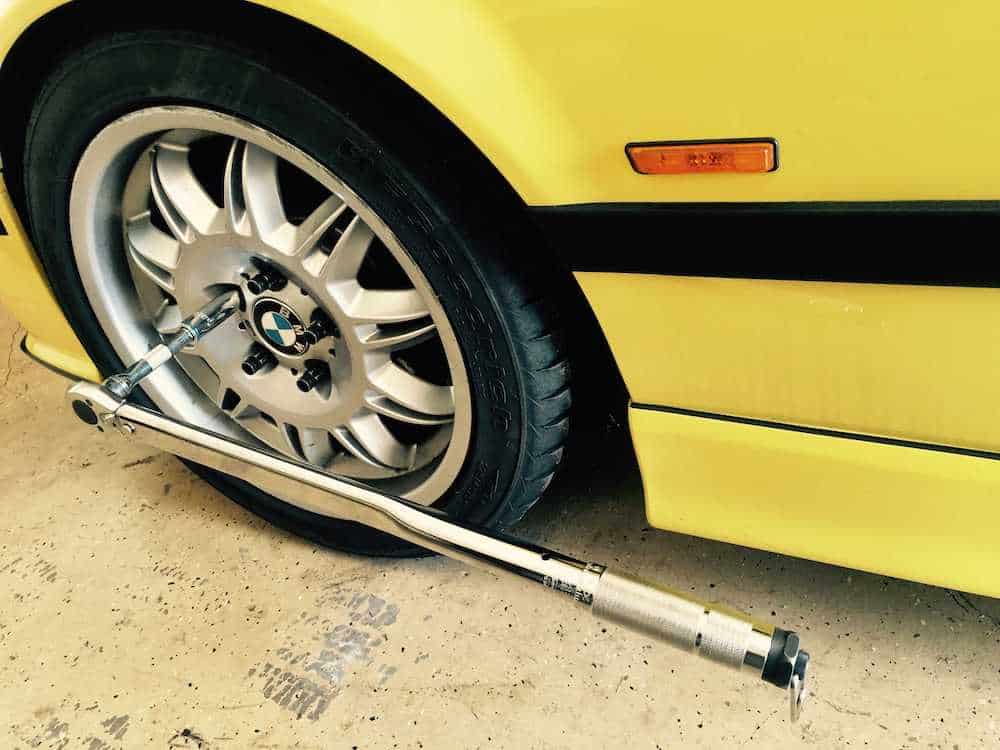Car repair tools are something important to think about
If you are attempting to repair your car yourself, some basic techniques will prevent both times and, within the end of the day, money. This is often a straightforward matter of understanding the forces of leverage and Torque, the longer the tool, the more advantage you get, and therefore the more comfortable the Torque is applied. There is a car repair tool that will get you the correct torque value for bolt tightening every time, provided the device works properly.
Well, for the foremost part, experience. Gaining a pity how bolt tightening torque calculator must be is that the initiative to getting the right Torque. This is often simple to practice, and it is easily gauged with a wrench. Specific instances of employing wrench are incredibly important. Rotating parts is one of them. You do not need a spinning part to loosen the nuts or bolts that hold it in place. Any time there is a gasket or a nut or bolt that is a “Torque to Yield,” it is vital to urge out that wrench to make sure proper installation and operation.
Importance of following tightening torque guidelines
An honest example may be a valve cover gasket; the factory wants you to use Torque to “most” valve cover gaskets. You squish the gasket an excessive amount of which creates the potential for oil to flee; this compromises the gasket and, therefore, the required seal. In contrast, aluminum may be a much softer metal. It can require a particular torque value for bolt tightening. Always check the manufacture’s manual for correct torque specs. No chart that is provided during this document has been validated for accuracy. However, this could only be mentioned if the precise torque application isn’t provided. Still do your homework and combat the car repair jobs within your means. Ultimately, it is the experience that is required, and a few failures are often a great learning experience, so practice first and take some time.
Make sure you replace a bolt or nut if a car repair manual recommends it. This is often because that bolt or nut has got to be, and has been, torqued to yield. This suggests that the fastener is getting stretched to its proper Torque. It also means when that specific bolt/nut is removed, you will not be ready to reassemble using bolt tightening torque calculator and achieve an equivalent required Torque that assures both fit and performance. Now once we are talking Torque, let us consider another factor. What is even worse is that if there is a bunch of dirt, rust, or any contaminants on the threads. So now that there is a bunch of dirt on the threads, you are increasing the friction and ultimately under-torquing your bolt. Do this on a replacement hub bearing assembly, and you are getting to have a separated wheel bearing that has an excessive amount of play.
